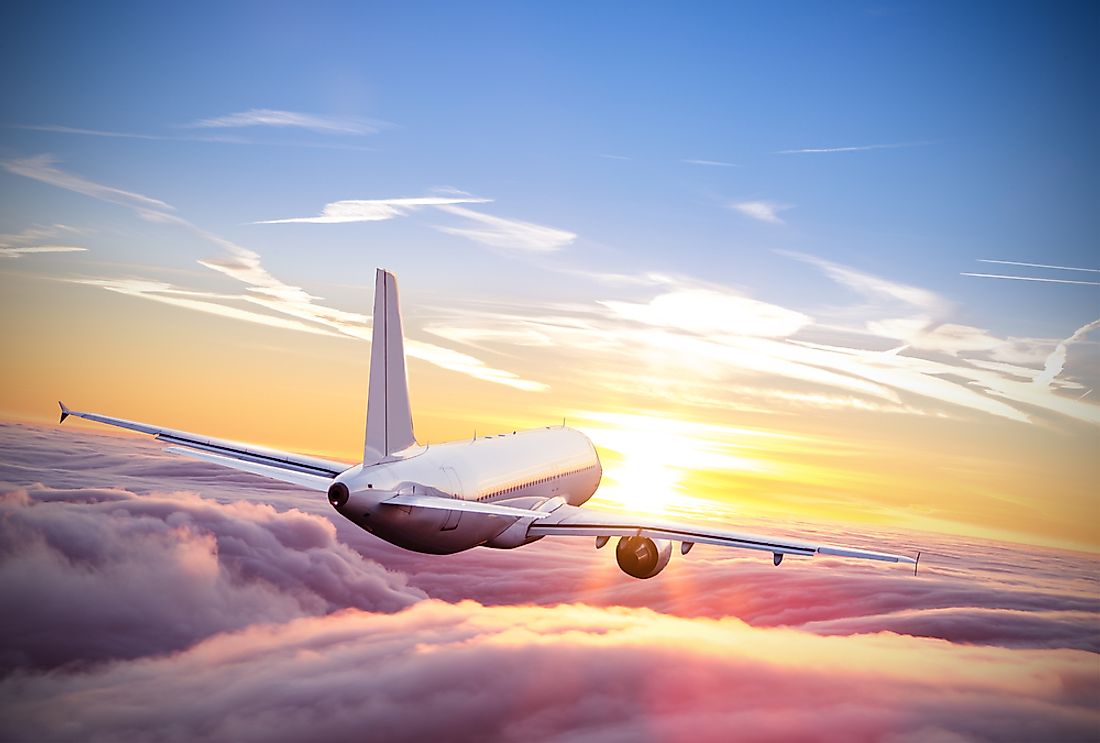How Do Planes Fly?

Although flying may seem astonishing, it can be explained by the science behind it. Most people take the act of transporting themselves to the other side of the world for granted without knowing that centuries ago, the luxury of air travel was yet to be discovered. Thanks to the successful experiments done by the Wright brothers who pioneered powered flight, airplanes are considered to be among the greatest human inventions in history.
How do Planes Fly?
When a jet or helicopter is landing or taking off, the first noticeable thing is the noise made by the engine. Jet engines tend to be noisier than traditional propellers since they are made of long metal tubes that are consistently burning fuel and air. All in all, an airplane engine is not necessarily the primary reason for an airplane flight. There have been various demonstrations of things being able to fly without engines including birds and paper planes. Below are some of the explanations as to how airplanes fly.
Laws of Motion Regarding Flying
In 1665, Sir Isaac Newton proposed three laws of motion which are frequently used to explain how planes fly. The laws of motion are as follows:
- "Every object persists in its state of rest or uniform motion in a straight line unless it is compelled to change that state by forces impressed on it."
- "Force is equal to the change in momentum per change in time. For a constant mass, force equals mass times acceleration."
- "For every action, there is an equal and opposite re-action".
Airplane Wings
Just as the wings are an important aspect of flying to birds, airplane wings are critically important in making a plane fly. Most airplanes comprise of wings with a flat lower surface and a curved upper surface creating a cross-sectional shape known as an airfoil. When the structure is flying through the sky, it does not only deflect air but also changes the air pressure below it and above. Therefore, the airplane is able to fly forward because the curved part of its wing allows for the plane to move forward by lowering the air pressure directly above it.
Downwash
For a helicopter to stay in the sky, the machine creates a large downward moving draft of air also known as downwash. The downwash helps to keep the helicopter in balance. Rotors in a helicopter are almost similar to airfoils in airplanes. However, rotors spin around in circles whereas airfoils move on a straight line. Airplanes also form a downwash movement in the same way helicopters do only that it is not as noticeable. Despite the downwash in airplanes not being as obvious as in helicopters, it is just as important.
How to Control the Flight of the Plane
There are four forces that make a plane fly and they include lift or the upward force, drag or backward, weight or downward, and thrust or forward. The pilot of a plane uses special controls together with combining certain dimensions to control the flight of an airplane. There are buttons and levers that a pilot is supposed to pull or press in order to change the roll, yaw, or pitch of the plane. The engine of the plane is controlled by using the throttle, when a pilot pushes it, power increases but if the throttle is pulled power is decreased. Some of the other instruments used by pilots to fly a plane include the rudder, elevators, and the ailerons among others.











